| What is it? |
|
| What caused it? |
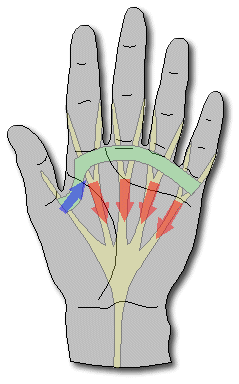
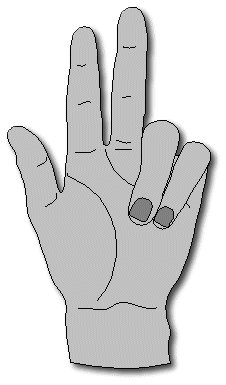
|
| What can you do to help? |
|
| What can a therapist do to help? |
|
| What can a doctor do to help? |
|
| How successful is treatment? |
Here are some practical points which are considered in choosing the best treatment: The worse the contracture, the less likely treatment will result in a a full correction, but treatment is always possible. 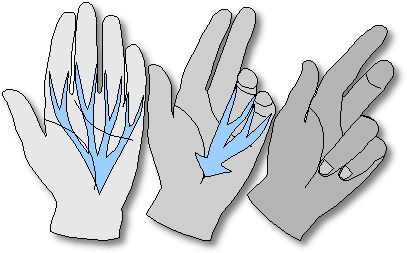 The outlook depends on which joints are involved. Doctors use specific words to indicate specific joints: The distal interphalangeal, or D.I.P. joint is the end finger joint. The proximal interphalangeal, or P.I.P. joint is the knuckle in the middle of the finger. The metacarpophalangeal, or M.C.P. joints are the big knuckles that you see on the back of your hand when you make a fist - the knuckles in a "knuckle sandwich" 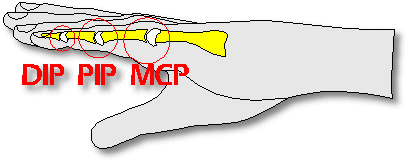 Contractures which only affect the MCP joint are most predictably helped by either needle aponeurotomy or surgery. 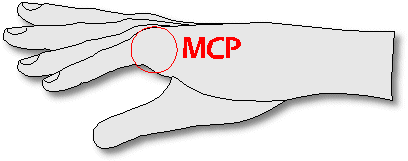 Contractures which only affect the PIP joint are the most likely to recur after treatment, especially in the pinky finger. They may be treated with either needle aponeurotomy or surgery.  Contractures which affect both the MCP and PIP joints actually have a better outlook than isolated PIP contractures. They may be treated with either needle aponeurotomy or surgery. 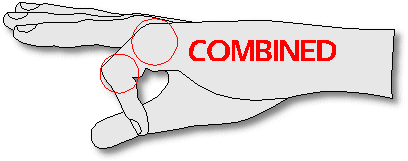 Contractures which affect both the PIP and DIP joints have a similar outlook as combined contractures - unless the finger develops a backwards bend of the DIP joint - called a "boutonniere" deformity. Boutonniere deformity from Dupuytren's has a higher recurrence rate than other patterns of involvement. This may be treated with either needle aponeurotomy or surgery. 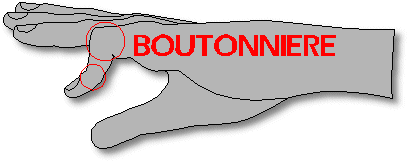 Contractures due to well defined cords - which feel like a thick string under the skin - are usually good candidates for either needle aponeurotomy or surgery. When there is not a clear cord, but a general tightness, it is referred to as diffuse disease. Needle procedures may not be possible in some cases of diffuse disease, and the most appropriate treatment may invove skin grafting. 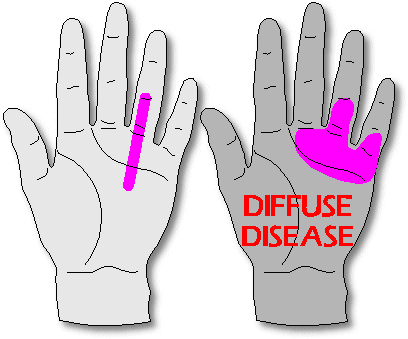 Usually, the skin near a cord is nearly as soft as skin in unaffected areas of the palm. Sometimes the skin is hard or leathery over a wide area, referred to as tethered skin. If this is so, needle aponeurotomy may or may not be possible, and the most appropriate treatment may invove skin grafting. 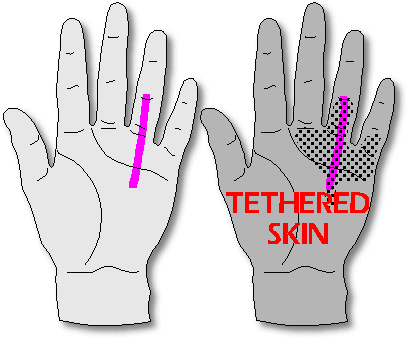 If Dupuytren's recurs in areas of previous surgery, it is common to have diffuse disease, tethering, or both problems. If so, needle aponeurotomy may or may not be possible, and the most appropriate treatment may invove skin grafting. 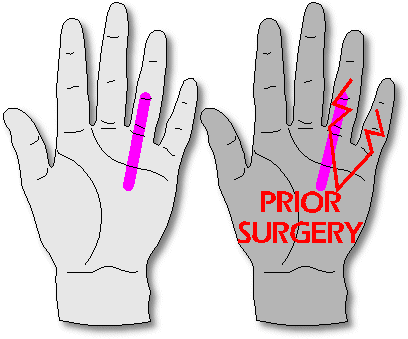 |
| |
| |
| |
| |
|
| What happens if you have no treatment? |
|